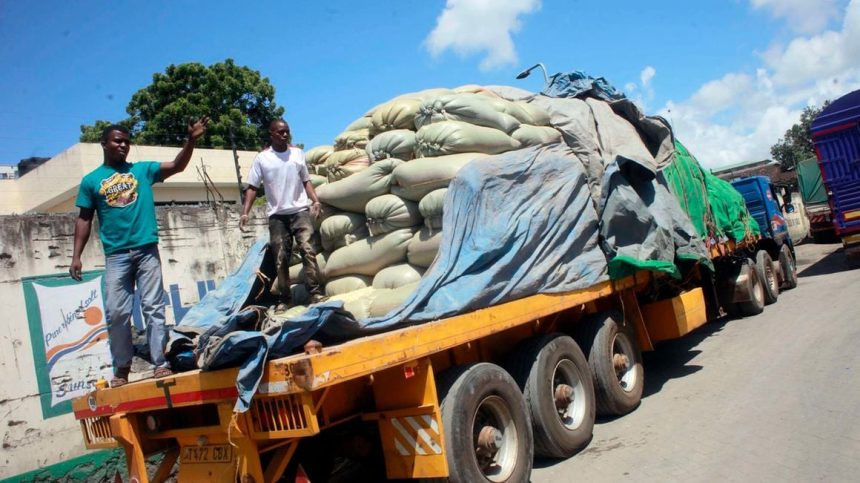Kenya’s plan to import about 900,000 tonnes of white maize by next month has run into headwinds on costly global supplies.
The latest data from the Ministry of Agriculture and Livestock Development show barely one-third of the desired imports had landed in the country by the end of June, ahead of closure of the duty-free import window next month.
Between February and the end of June, the ministry reported importation of a mere 259,470 tonnes of maize, which represents just 29 percent of expected imports.
Moreover, the bulk of imports has come from the region as opposed to being sourced from outside the East African Community and Comesa as earlier expected.
“All imports (in June) were from East Africa Community countries, mostly Tanzania. According to the Kenya Grain Millers Association, the reduced imports are due to a generally tight global market, coupled with reduced local demand which is attributed to lower purchasing power,” the ministry said in its latest food and nutrition security bulletin.
“It is further noted that although the government gave a duty-free import window for maize outside the EAC and Comesa, very little has been imported by the legible millers and traders as they report inadequate global supplies, higher freight and insurance costs as well as a shortage of the dollar.
The imported maize arriving at Mombasa is slightly more expensive compared to local supplies.”

In December last year, the National Treasury issued a gazette allowing importation of 900,000 tonnes of white maize between February and August to help address shortages resulting from a dip in the local production.
The shortfall is expected to upset the government’s projected maize balance sheet to the end of September 2023 in which it expected imports to supplement 5.4 million 90-kilogramme bags as carryover stocks from June and 19.7 million bags from estimated long rains harvests.
The ministry had preempted a surplus of 13.3 million 90-kilogramme bags of maize after consumption of 8.3 million bags between July and the end of September.
Consumption is estimated at 2.761 million 90-kilogramme bags per month with the Ministry of Agriculture working with a population estimate of 50.6 million.
The dismal performance of the duty-free import window is expected to cushion farmers who were anxious about imports flooding the domestic market and diluting the prices of their produce.
In March, the government had asked farmers to release hoarded maize supplies or risk competition from the expected imports.
The average price of maize grain in the country has continued to increase despite the duty-free importation of maize snuffing hopes for cheaper maize flour supplies in the short run.
Duty-free rice imports have meanwhile tracked expectations with the Ministry disclosing the importation of 595,819 metric tons of rice between January and June against a target of importing 600,000 tons in the duty-free window.



